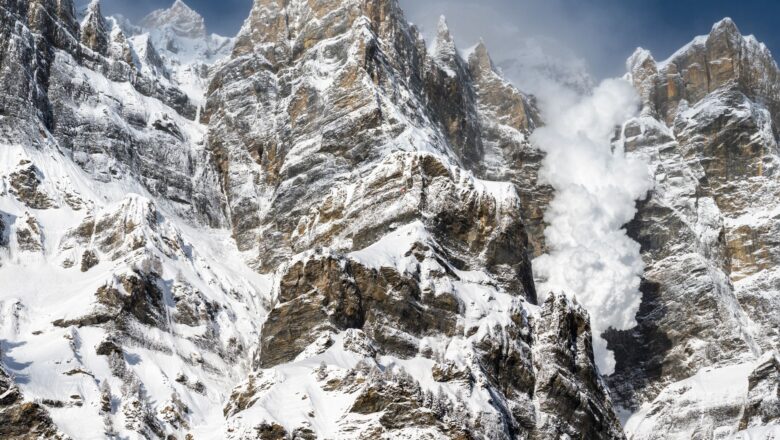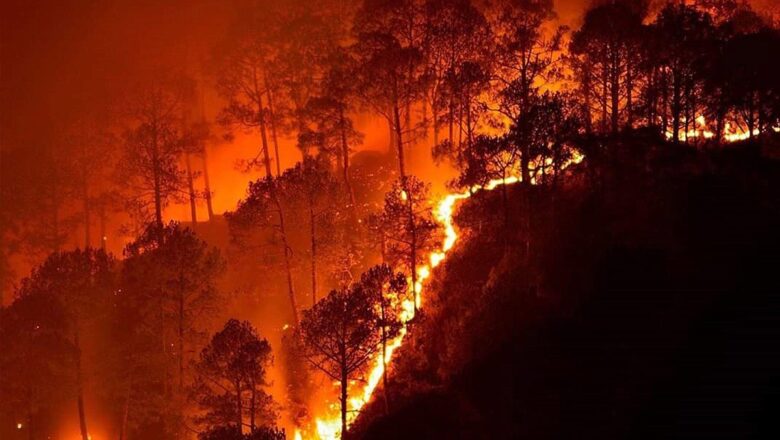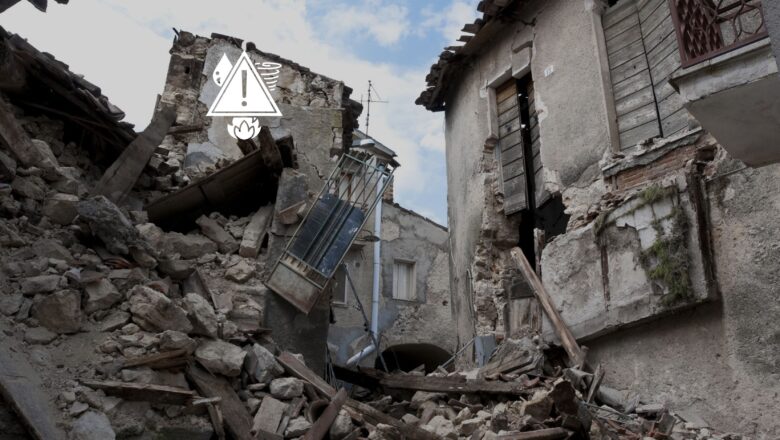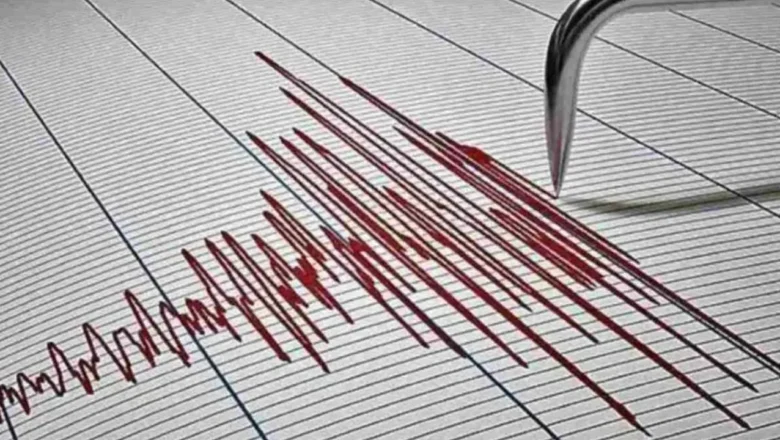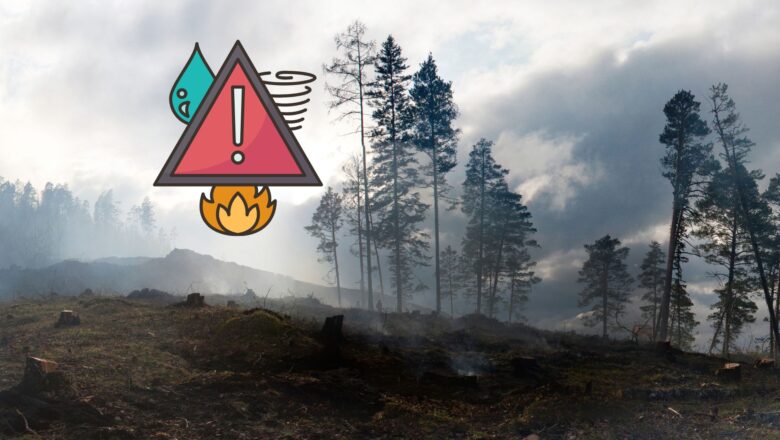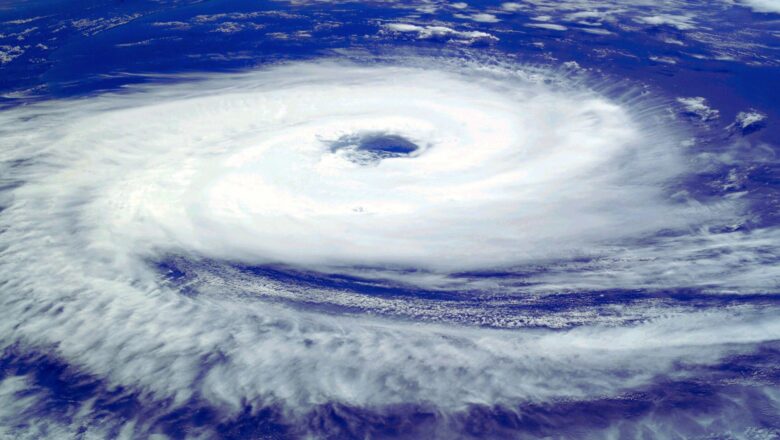
Cyclone Zelia Set to Hit Western Australia with Destructive Force
Severe Tropical Cyclone Zelia is barreling toward Australia’s northwest coast and is expected to make landfall near Port Hedland early Friday evening. This powerful category five storm poses a significant threat to Western Australia’s coastline and inland regions, with the potential to cause widespread damage.
Port Hedland, Australia’s busiest iron ore export port, is directly in Zelia’s path. Surrounding towns like Marble Bar, Tom Price, and Paraburdoo are also on high alert for strong winds and heavy rainfall. The Bureau of Meteorology (BOM) warns that sustained winds of 205 km/h and gusts reaching 290 km/h could flatten homes, topple trees, and down power lines.
Zelia’s strength underscores growing concerns about the increasing severity of tropical cyclones as global warming conti...

